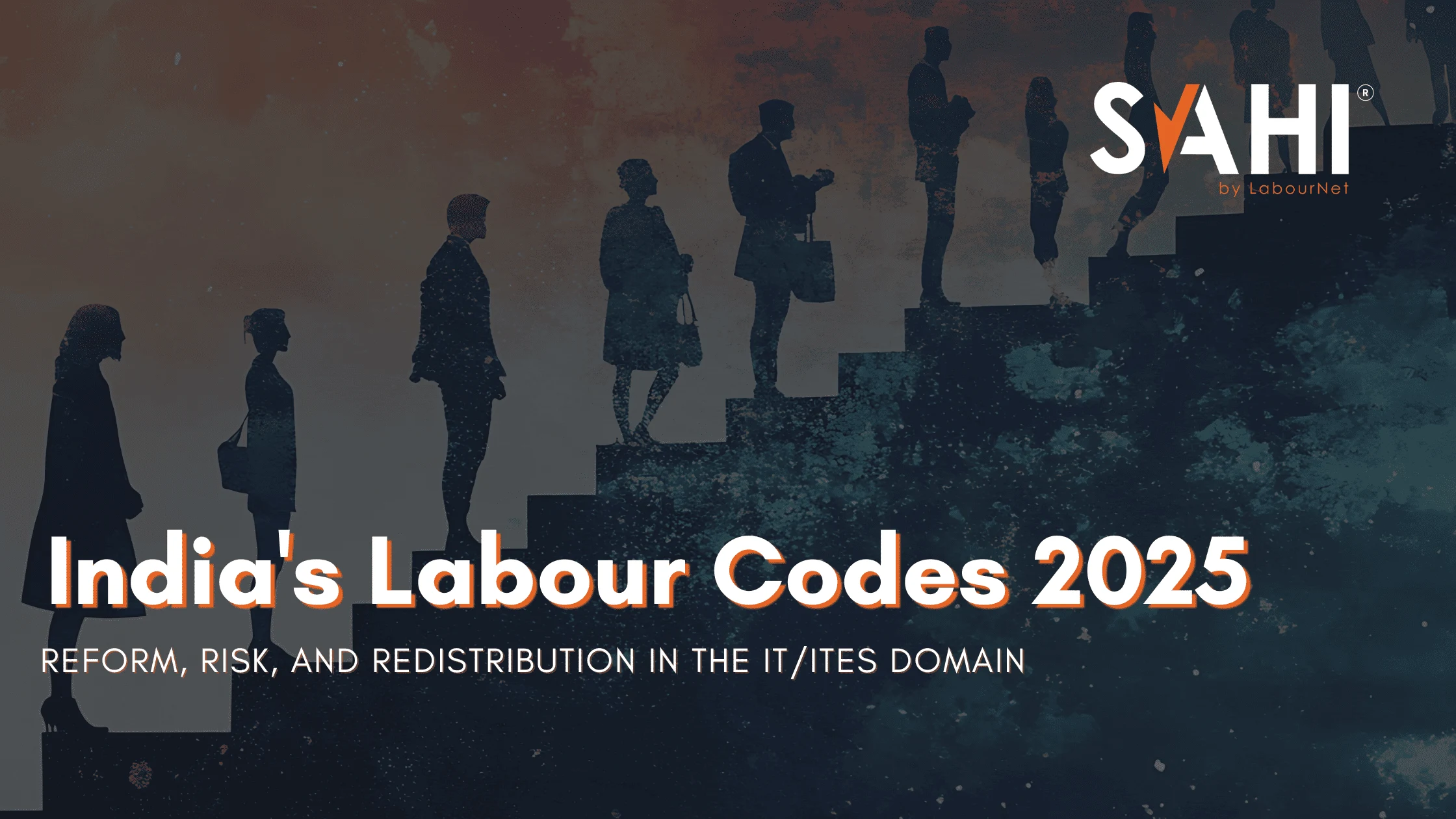Head, Recruitment
In the dynamic talent landscape of 2025, businesses are grappling with what appears to be a paradox: record numbers of job vacancies on one hand and large pools of underutilized talent on the other. At first glance, it seems like we’re experiencing a global talent shortage — but dig deeper, and the real issue emerges: it’s less about a lack of talent and more about a lack of talent fit.
With artificial intelligence transforming how we source, assess, and manage talent, and upskilling becoming a core pillar of talent strategy, the question organizations must ask is no longer “Where can we find more talent?” but more, “How can we better align skills, potential, and culture to our evolving business needs?”
The Illusion of Talent Shortage
For years, the narrative of a “talent shortage” has dominated HR conversations. Employers claim they can’t find candidates with the right qualifications or experience. But this concept often masks a deeper issue: a disconnect between traditional hiring practices and the rapidly changing nature of work.
Today’s jobs — especially in tech, digital, and knowledge-based industries — are evolving faster than the pace at which people can gain formal qualifications. A role that didn’t exist five years ago might now require several years of experience. This creates a hiring paradox: roles are hard to fill not because talent doesn’t exist, but because rigid criteria and outdated sourcing methods overlook capable individuals.
AI in Sourcing: Speed Without Substance?
Artificial intelligence has become a powerful tool in recruitment, especially in sourcing and screening. Modern AI tools can scan thousands of resumes in minutes, match profiles to job descriptions, and even assess candidates’ soft skills via video interviews and chatbots.
However, while AI adds speed and efficiency, it’s not without limitations. Most AI systems are trained on historical hiring data, which can inadvertently perpetuate biases or exclude unconventional candidates. Moreover, AI tools often prioritize technical match over growth potential or culture fit, leading recruiters to miss out on high-potential talent who may not check every box — yet could thrive with minimal support.
In this new era, AI should augment human judgment, not replace it. The true differentiator remains a recruiter’s ability to look beyond the algorithm and see potential where machines see gaps.
Upskilling: The New Sourcing Strategy
As job requirements shift and new roles emerge, leading companies are flipping their recruitment strategy. Instead of looking outward for new hires, they are investing inward, prioritizing upskilling and reskilling to build talent from within.
This approach is not only cost-effective but also increases employee engagement and retention. By helping their workforce grow alongside evolving job roles, companies can bridge skill gaps without waiting for external talent to catch up.
Organizations like Amazon, Infosys, and PwC have launched large-scale internal learning academies, showing that learning agility — not just prior experience — is becoming the core of modern talent management.
Talent Fit: The Emerging Priority
Rather than obsessing over filling roles quickly, progressive organizations are focusing on talent fit — a more holistic approach to hiring and development that considers:
- Technical capability: Can the candidate perform the core tasks of the role?
- Learning potential: Are they adaptable and quick to acquire new skills?
- Cultural alignment: Do their values and behaviors align with the team and organizational ethos?
- Growth trajectory: Will they still be a good fit in 2–3 years as the role evolves?
This shift also requires a change in how we evaluate candidates. Skill-based hiring, where the focus is on abilities rather than formal qualifications, is gaining momentum. It opens the door to more diverse, non-traditional candidates — such as self-taught coders, bootcamp graduates, career changers, and those returning to the workforce after a break.
Conclusion: Rewriting the Talent Playbook
In the age of AI, automation, and constant disruption, the talent shortage narrative needs to be reframed. It’s not that there aren’t enough people — it’s that we’re often looking for the wrong things in the wrong places.
To thrive, organizations must:
- Embrace AI as an enabler, not a gatekeeper.
- Redefine job roles around skills and outcomes, not legacy titles.
- Prioritize internal development through upskilling and reskilling.
- Focus on talent fit — where capability, potential, and alignment intersect.
The future of work will belong to those who can not only attract talent but also nurture and align it with the evolving needs of their business. The talent is out there. The fit is what we must get right.



